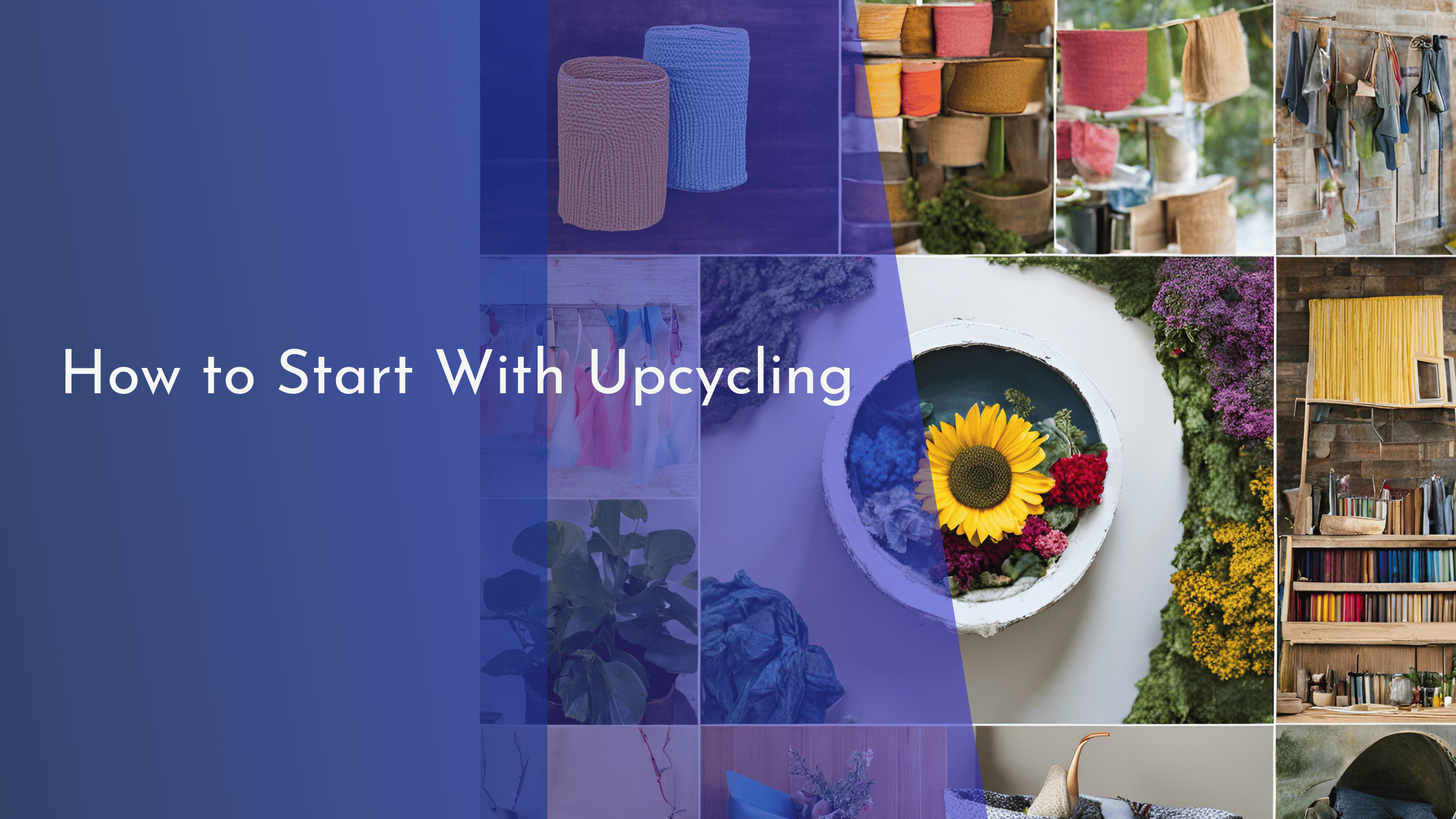How to Start With Upcycling: Tips for Beginners
In a world increasingly conscious of sustainability and environmental impact, upcycling has emerged as a creative and rewarding practice that allows individuals to transform discarded items into something new and valuable. Unlike recycling, which often involves breaking down materials to create new raw substances, upcycling breathes new life into old products through imagination and innovation. Whether you’re motivated by environmental concerns or simply the joy of crafting, starting with upcycling can lead you to discover not just a hobby, but a lifestyle that promotes sustainability. In this article, we’ll dive into the basics of upcycling and share tips for beginners eager to transform waste into wonders using simple techniques.
Discover the Joy of Upcycling: A Beginner’s Guide
Upcycling is an art form that merges creativity with environmental consciousness, offering countless opportunities for beginners to explore new skills. It starts with a shift in perspective: seeing the potential in what others might consider waste. For those just beginning, it’s essential to start small. Look around your home for items that are no longer in use—old clothes, glass jars, wooden pallets—and consider how they might be repurposed. Perhaps that old sweater could become a cozy pillow cover, or a glass jar could transform into a chic home for your succulents.
One of the joys of upcycling is the freedom it affords. Unlike traditional crafting, there are no strict rules to follow—only guidelines to inspire and techniques to refine over time. Beginners can derive inspiration from a variety of sources: online tutorials, community workshops, or even nature itself. As you gain confidence, try merging different materials or experimenting with unconventional ideas. The journey of upcycling is as much about exploration as it is about creation, and every project completed adds a unique flair to your personal environment.
Engaging with upcycling not only helps the environment but also supports local communities. Consider joining local upcycling groups or attending events where makers share their projects and ideas. These gatherings are invaluable for exchanging tips, learning new techniques, and gaining motivation from the successes of others. Furthermore, being part of a community reinforces the principle of sharing, reducing the need for new materials and promoting a circular economy. As you embark on this journey, remember that upcycling is about creativity, sustainability, and collaboration, making it a fulfilling pursuit on both personal and community levels.
Transform Waste into Wonders with Simple Techniques
Embracing upcycling begins with understanding the materials you have at your disposal and the potential they possess. A great starting point for beginners is to work with textiles, as they are versatile and readily available. Old t-shirts can be cut and twisted into yarn for weaving rugs, or they can be sewn into reusable shopping bags. Learning basic sewing skills can open a myriad of possibilities for repurposing fabric, allowing you to create unique pieces that reflect your personal style.
Wood is another excellent medium for upcycling, offering durability and charm. Wooden pallets, for example, can be deconstructed and reconstructed into furniture pieces like coffee tables or outdoor garden planters. Using basic carpentry tools and techniques, beginners can gradually take on more complex projects as their skills improve. Remember, the beauty of upcycled wood lies in its imperfections, so embrace the natural grains and knots as part of your design.
For those interested in smaller, beginner-friendly projects, consider upcycling glass or metal. Glass jars and bottles can be repurposed into stylish lanterns, candle holders, or even terrariums. All you need is some paint, glue, or rope to transform these everyday items into decorative pieces. Similarly, metal cans can be cleaned, painted, and used as planters or desk organizers. These simple techniques not only enhance your home but also keep waste out of landfills, proving that with a bit of imagination, the possibilities are endless.
Starting with upcycling is more than just a hobby; it’s a commitment to a more sustainable and creative lifestyle. By viewing discarded items as opportunities for innovation, you begin to cultivate a mindset that values resourcefulness and craftsmanship. As you navigate this new space, remember that every upcycled piece tells a story—a testament to your creativity and commitment to the environment. Each project contributes not only to the uniqueness of your home but also to the health of our planet.
The beauty of upcycling lies in its accessibility and flexibility. Whether you’re crafting alone or collaborating with a community, there’s always room to grow and explore new ideas. As you gather inspiration from different sources, from online platforms to local events, you learn the power of transformation. Embrace the imperfections and celebrate the successes, knowing that every piece you create is a step toward a more sustainable future. Upcycling is not just about transforming waste into wonders; it’s about transforming the way we see the world and our role in it.

